Pricing your products can feel like guesswork. Too high, and people scroll past. Too low, and you barely make a profit. And when you’re doing business in Florida, things get even trickier.
The market here isn’t the same everywhere. What works in Tampa might flop in Tallahassee. Tourists flood in one season, locals shop more in another. Add regional costs and different buyer habits, and it’s a whole different game.
In this blog, we will show you how to build a pricing strategy that actually works for Florida. We are going to share real steps that fit your location, your customers, and your business goals.
So, let’s get started!
Why Pricing in Florida Needs Its Own Strategy
Florida isn’t just one market. It’s five, maybe more. You’ve got metro areas like Miami, Tampa, and Orlando.
Then you have small towns, coastal zones, and tourist hotspots. Each one has a different type of buyer, different costs, and different expectations.
Tourism plays a big role here. From November to April, Florida fills up with seasonal visitors and snowbirds. Prices can go higher during this time, especially in areas like the Keys or Naples.
But when the crowds leave, locals expect more deals and discounts. If your pricing doesn’t shift with the season, your sales will suffer.
There’s also the cost side. Shipping to rural parts or islands like Key West costs more. Insurance in South Florida? Higher than average. Rent in Miami? Don’t even compare it to Ocala.
These differences matter when setting a price that actually works for you.
Florida Product Pricing Strategy: A Local-First Approach That Works

To price your products right in Florida, you have to focus on your local market first. What sells in Miami might not work in Gainesville. The costs, customers, and demand are all different.
Instead of following general pricing rules, it’s better to build a strategy around what’s happening in your area. That’s what gives Florida businesses an edge.
Here are the 6 tips that you should follow while setting up the Florida product pricing strategy:
- Study Your Local Competition
- Factor in Regional Costs
- Match Pricing to Seasonal Demand
- Choose the Right Pricing Strategy
- Understand Florida Buyer Psychology
- Test, Track, Adjust
Now, let’s get started!
01. Study Your Local Competition
Knowing what your local competitors charge is key to pricing right. For example, if you sell handmade products in Orlando, don’t just check big online stores. Look at local shops, farmers markets, and even Etsy sellers based in Florida. Prices can vary a lot.
Local competitors understand your market better than national chains.
They know what Floridians will pay during tourist season and when locals want deals. Checking their prices helps you avoid setting yours too high or too low.
In Florida, prices in cities like Miami tend to be higher than in smaller towns like Pensacola.
Use local Facebook buy-and-sell groups or neighborhood apps to see real prices people pay. That insight helps you stay competitive without killing your margin.
02. Factor in Regional Costs
Costs vary a lot across Florida. Rent in Miami can be three to four times higher than in smaller cities like Ocala or Gainesville. If you ignore this difference, you might price your product too low to cover expenses in Miami.
Shipping costs also change depending on location. Sending packages to the Florida Keys or rural Panhandle towns adds extra fees. These can be $10 or more per shipment, which quickly eats into profits if not accounted for.
Insurance rates are higher in hurricane-prone areas like Fort Lauderdale. For example, business insurance premiums there can be 20-30% higher than in less risky regions. These added costs must be included in your pricing to avoid losses.
Failing to factor in these regional expenses means your prices won’t cover your actual costs in different Florida markets. Adjusting your prices based on where you operate keeps your business financially healthy.
03. Match Pricing to Seasonal Demand
Florida’s population changes a lot throughout the year. From November to April, millions of tourists and snowbirds arrive. Demand for many products goes up during this time, especially in popular spots like Miami, Orlando, and the Keys.
If you sell beachwear, outdoor gear, or local souvenirs, you can raise prices during peak tourist season. People expect higher prices when demand is strong.
In the off-season, from May to October, locals become your main customers. They often look for deals and discounts. Offering bundles or special offers helps keep sales steady when visitors are fewer.
Adjusting prices with the seasons makes sure you don’t miss out on extra profit or lose customers when demand drops. It’s a smart way to stay competitive in Florida’s unique market.
04. Choose the Right Pricing Strategy
Picking the right pricing method can make or break your business in Florida. If you create handmade goods, like local pottery or crafts, a cost-plus strategy works well. Calculate your material and labor costs, then add a fair profit margin.
In bigger cities like Tampa or Miami, competitor-based pricing helps. Look at what nearby stores charge and set your prices close to theirs to stay competitive.
For unique Florida products like alligator leather wallets or specialty citrus jams, a value-based pricing strategy fits. Charge based on the value customers see, not just your costs.
Tourism-heavy businesses benefit from dynamic pricing. For example, a kayak rental shop in the Keys might charge more on busy weekends and less on weekdays.
Choosing the right method for your product and location keeps your prices fair and profitable.
05. Understand Florida Buyer Psychology
Florida’s shoppers aren’t all the same. If you run an online store here, you’ll need to think about both locals and tourists.
Tourists often buy on impulse. They shop with emotion, not logic. If your products tie into the Florida experience, like beach gear, tropical decor, or local-themed items, you can charge more during peak season.
Most tourists won’t compare prices. They just want fast shipping and simple checkout.
Locals are more value-driven. They compare prices, read reviews, and look for discounts or loyalty perks. If your store targets Florida residents, offer bundle deals or limited-time offers. These work better than one-time price cuts.
South Florida buyers often shop for premium items. They expect fast service and clean branding. In contrast, North and Central Florida shoppers are more budget-conscious. They look for practicality and affordable pricing.
When you understand who you’re selling to, pricing becomes easier. You’ll know when to hold firm and when to offer value. Matching price with buyer behavior leads to stronger and more consistent sales.
06. Test, Track, and Adjust
Pricing isn’t something you can set and leave. Florida’s market changes fast with the seasons, events, and buyer behavior. You need to test different price points to see what actually works.
If you’re using platforms like Shopify or Dokan Cloud, try A/B testing. Show two different prices for the same product and track which one converts better. Even a $2 difference can impact your sales during peak tourist months.
Use analytics to track performance. Watch conversion rates, cart abandonment, and best-selling locations. If something sells well in Tampa but not in Gainesville, location-based adjustments might help.
Review your pricing regularly, at least every quarter. Also, revisit prices before and after tourist seasons. What works in winter may not hold up in summer.
Helpful Tools to Optimize Pricing in Florida
You don’t need to guess your way through pricing. With the right tools, you can track trends, test changes, and stay one step ahead of your competitors.
- Google Trends is a free tool that shows what people are searching for. Filter by “Florida” to see local interest. If you sell beach gear, for example, you’ll notice demand picks up in early spring. This helps you plan pricing and promotions before the rush starts.
- Facebook Marketplace and local buy-sell groups give you real-time pricing insights. You’ll see what others in your area are charging for similar products. It’s especially useful for handmade or niche items.
- Use price monitoring tools like Prisync to keep an eye on your competitors. This tool shows price changes and trends across stores.

Final Thoughts – Keep It Local, Keep It Smart
There’s no magic number when it comes to pricing. What works in one part of Florida might fail in another. That’s why local research matters more than general advice.
Focus on your real costs. Know your buyers. Track how demand changes throughout the year. When you treat pricing as an ongoing part of your business, not a one-time setup, you’ll stay ahead of the curve.
Florida gives you a lot of chances to grow. But to compete, your pricing has to match the market you’re selling in. Stay flexible, keep testing, and always price with purpose.
If you need further help to operate your business in Florida, check our detailed guide on starting a business in Florida. Hope it helps!
Subscribe to
Dokan blog
We send weekly newsletters, no spam for sure!

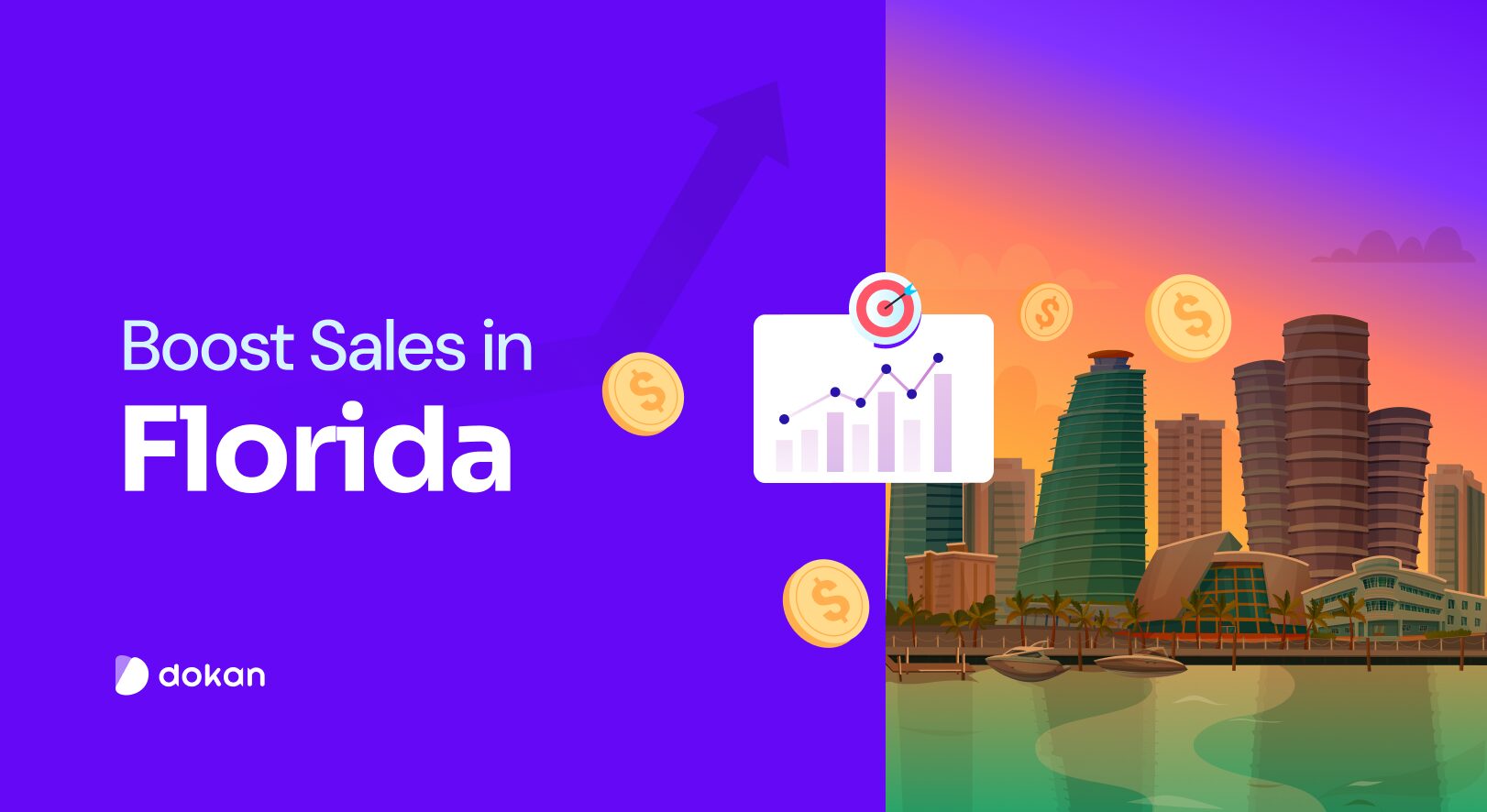
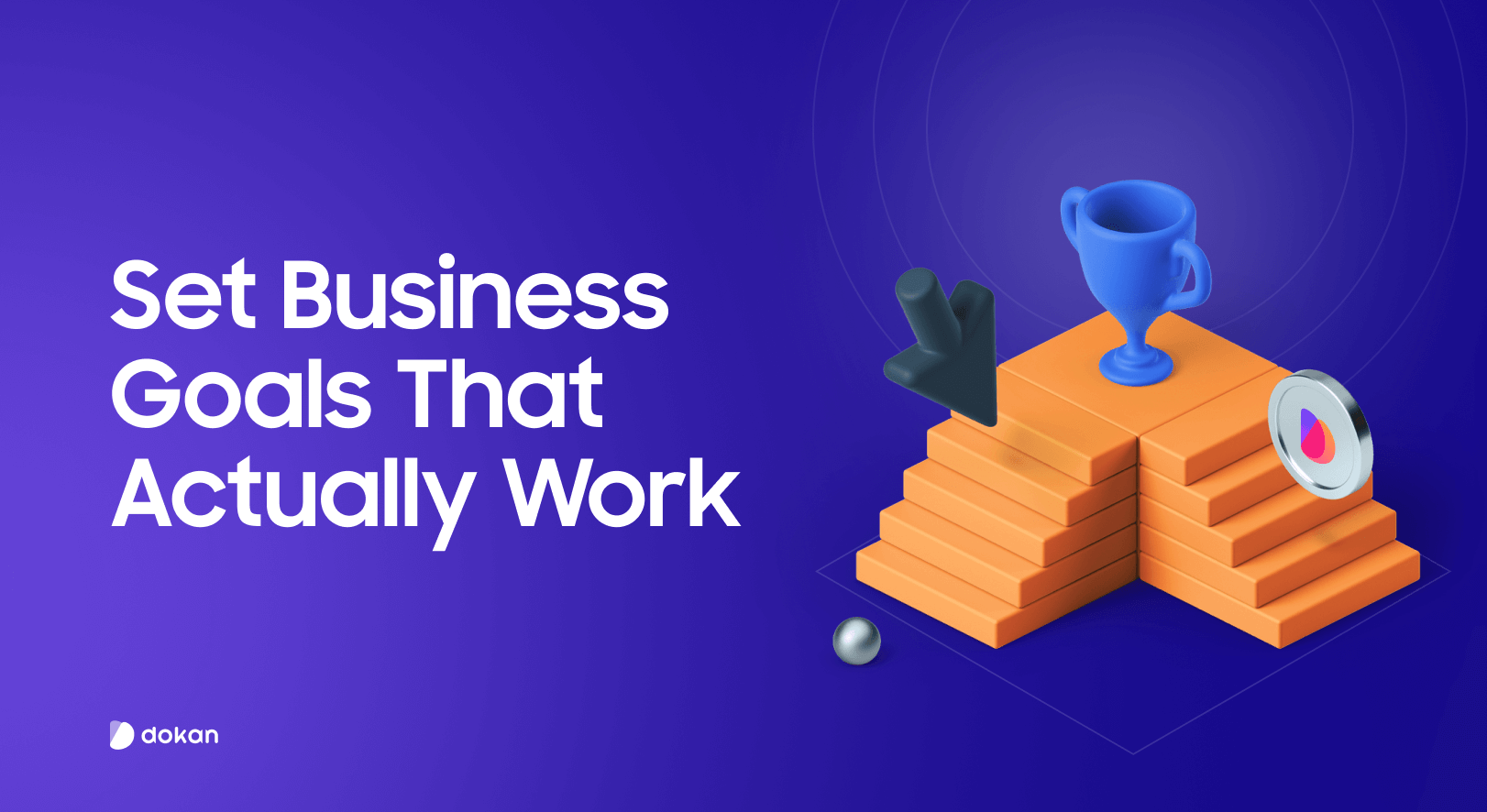
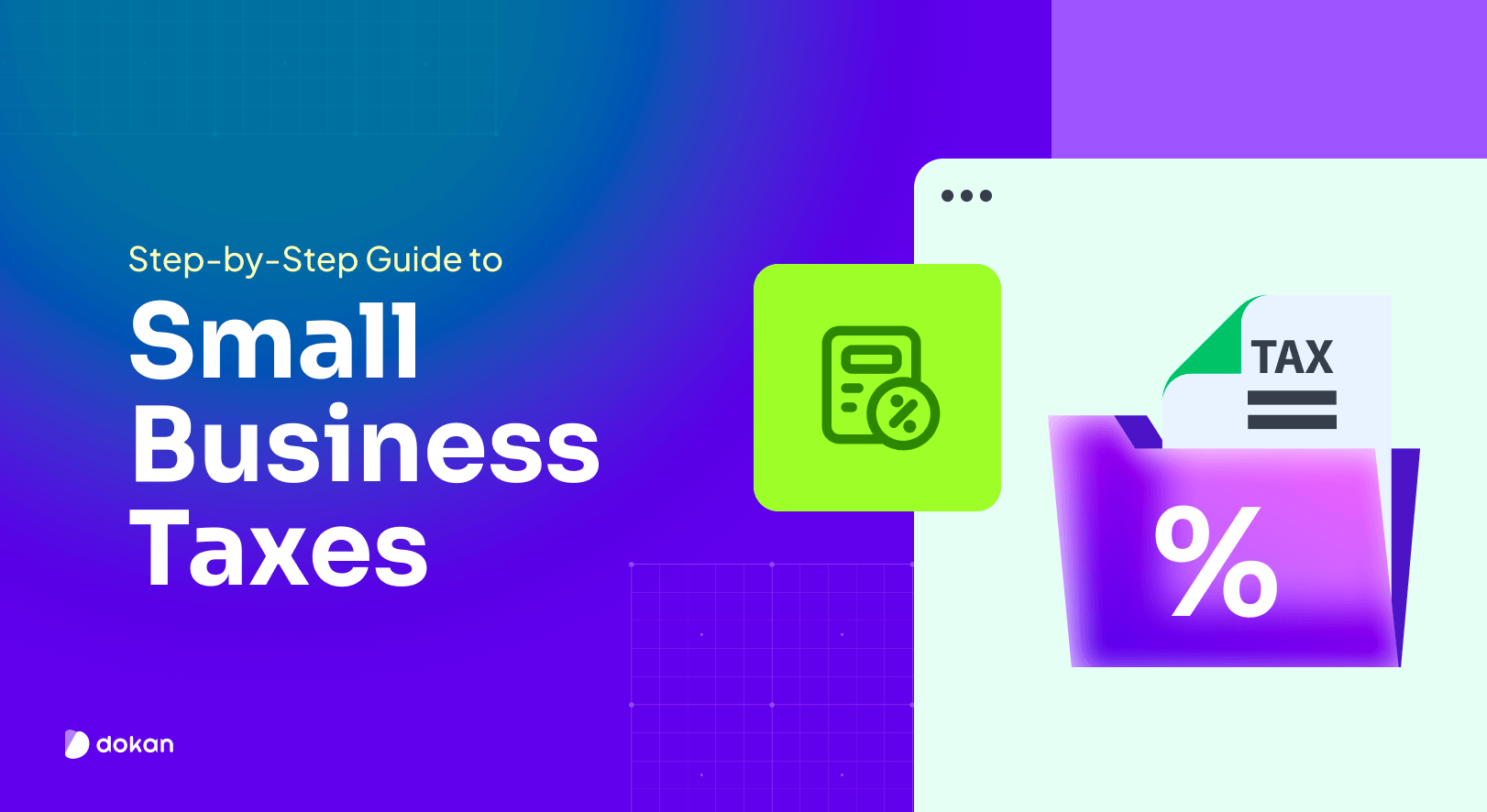
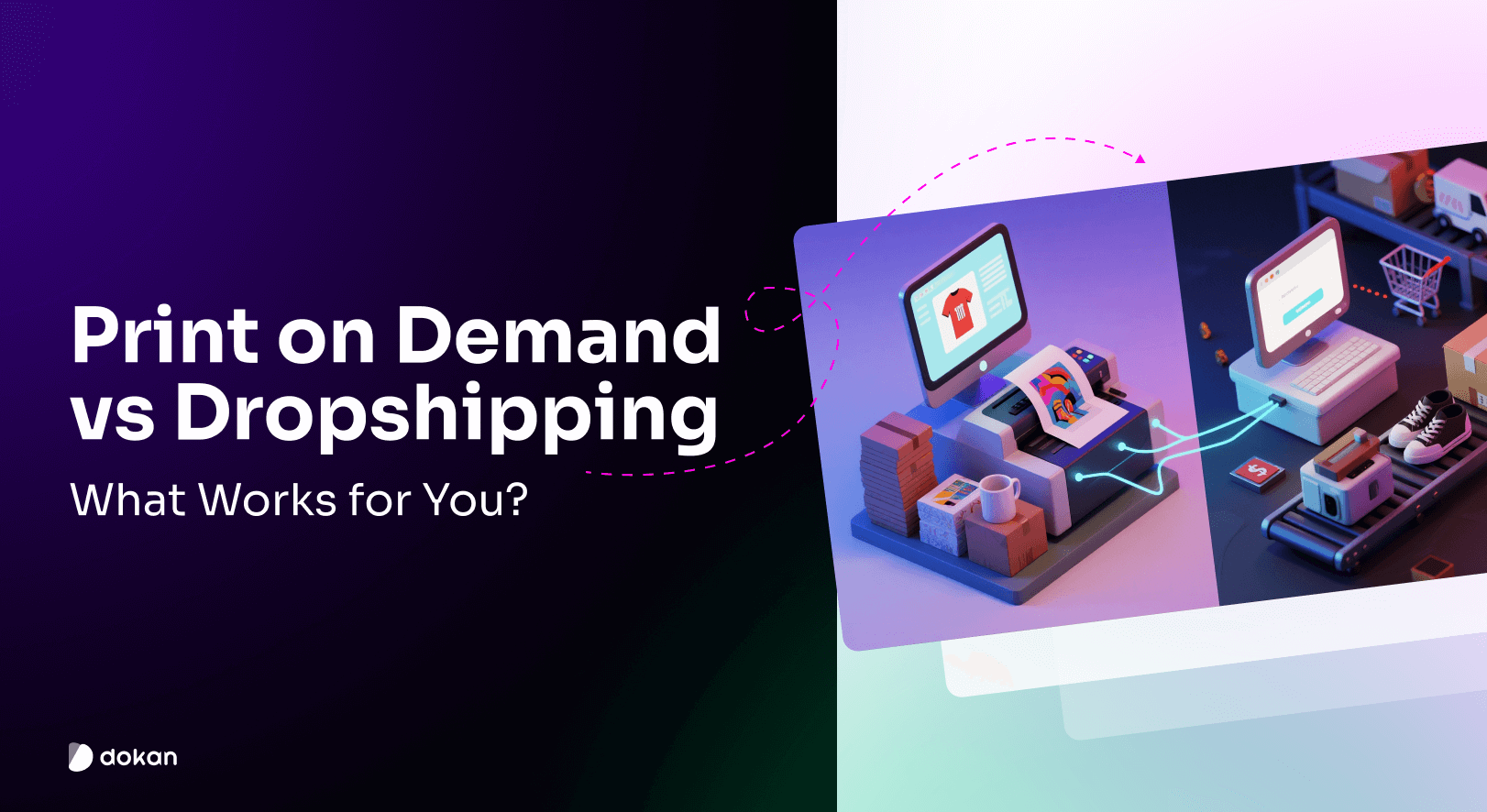
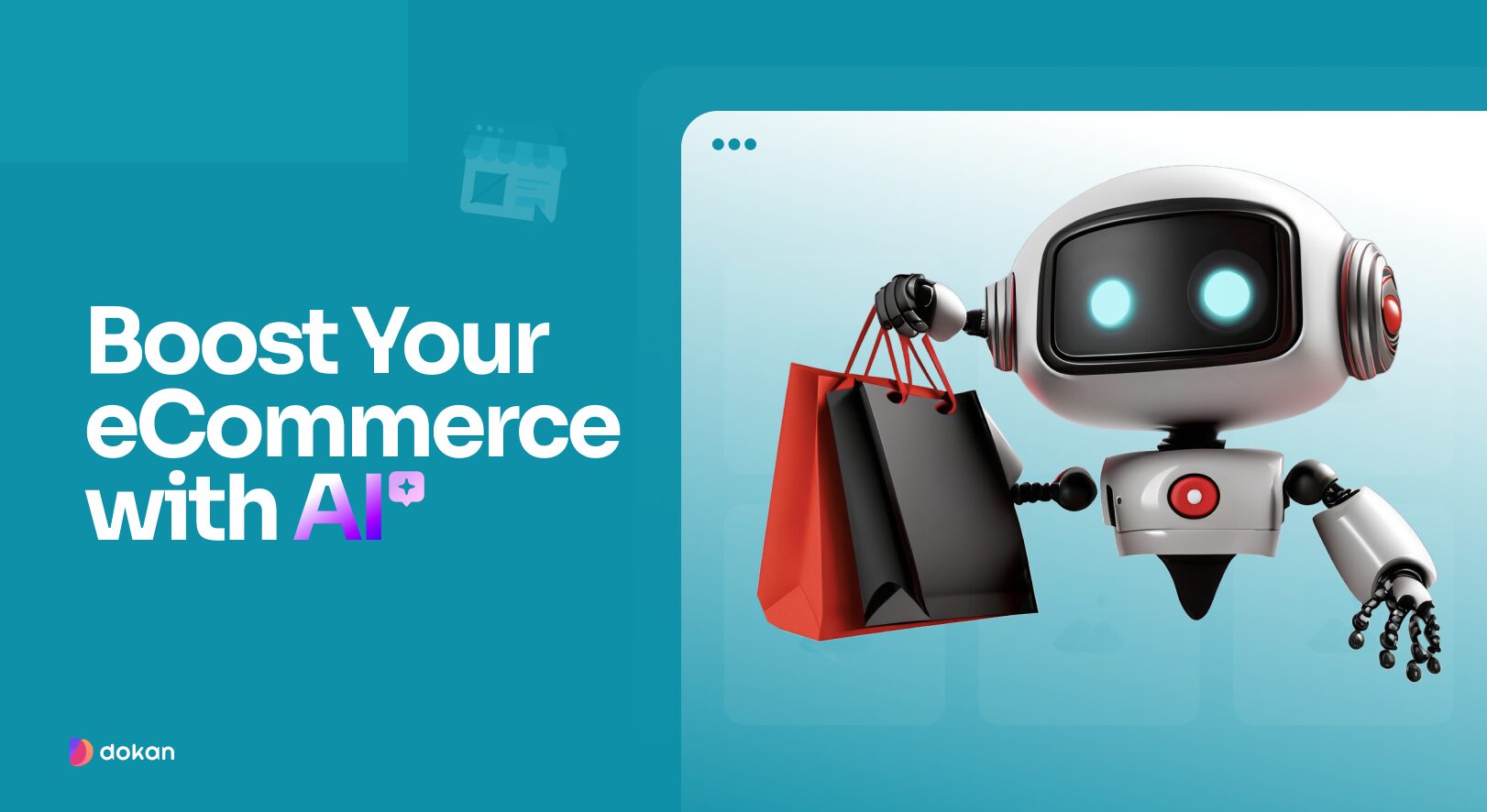

Leave a Reply